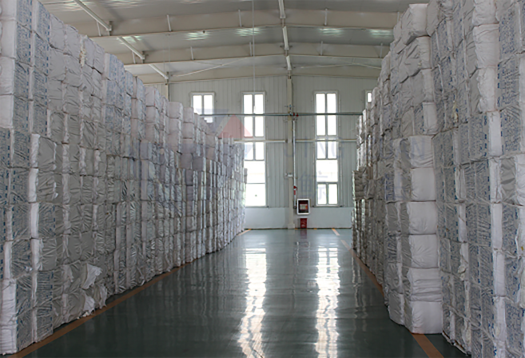
8월 . 04, 2024 03:11 Back to list
Exploring the Chemical Structure and Properties of Hydroxypropyl Methylcellulose for Various Applications
Chemical Structure of Hydroxypropyl Methylcellulose (HPMC)
Hydroxypropyl Methylcellulose (HPMC) is a semi-synthetic polymer derived from cellulose, a natural polymer found abundantly in plant cell walls. It is widely used in various industries, including pharmaceuticals, food production, cosmetics, and construction. Its unique properties stem from its chemical structure, which imparts specific functionalities essential for its diverse applications.
The backbone of HPMC is cellulose, which consists of repeating cellobiose units linked by β-1,4-glycosidic bonds. This linear structure forms a rigid framework, providing mechanical strength and stability. To derive HPMC, cellulose undergoes etherification, where methyl and hydroxypropyl groups are introduced into the cellulose chain. The degree of substitution (DS) of these groups determines the properties and performance of HPMC. Typically, the hydroxypropyl content ranges from 4% to 32%, while the methoxy content can be as high as 30%.
Chemical Structure of Hydroxypropyl Methylcellulose (HPMC)
In aqueous solutions, HPMC exhibits thermal gelation properties, meaning it can form a gel upon heating, which is highly beneficial in the pharmaceutical industry for controlled drug delivery systems. This thermal sensitivity allows HPMC to serve as a matrix for the sustained release of drugs, contributing to improved therapeutic efficacy and patient compliance in various dosage forms, including tablets, suspensions, and topical gels.
chemical structure of hpmc

Analyzing the chemical structure of HPMC provides insights into its rheological properties. The viscosity of HPMC solutions is influenced by the molecular weight of the polymer and its concentration. High molecular weight HPMC solutions tend to display non-Newtonian behavior, meaning their viscosity changes under shear stress. This is particularly useful in applications that require specific flow characteristics, such as in the manufacturing of paints or coatings.
Furthermore, the chemical structure of HPMC allows for various modifications to tailor its functional properties for specific applications. For instance, different grades of HPMC are available, which vary in their viscosity, gelation temperature, and solubility. Manufacturers can choose the appropriate grade based on the desired consistency, stability, and performance in formulations.
In the food industry, HPMC is utilized as a food additive, particularly as a thickener, stabilizer, and emulsifier. Its ability to form thermoreversible gels plays a crucial role in improving the texture and mouthfeel of food products. In cosmetics, HPMC is valued for its film-forming properties, helping products to adhere better to skin and hair while providing a smooth application.
In conclusion, the chemical structure of Hydroxypropyl Methylcellulose, characterized by its cellulose backbone and the strategic substitution of hydroxypropyl and methyl groups, bestows it with a unique set of properties. This versatility makes HPMC indispensable across various sectors, from pharmaceuticals to food processing and beyond. Understanding the chemical structure of HPMC not only highlights its functional attributes but also paves the way for innovations in product development, ensuring it remains a critical ingredient in modern formulations.
-
Versatile Hpmc Uses in Different Industries
NewsJun.19,2025
-
Redispersible Powder's Role in Enhancing Durability of Construction Products
NewsJun.19,2025
-
Hydroxyethyl Cellulose Applications Driving Green Industrial Processes
NewsJun.19,2025
-
Exploring Different Redispersible Polymer Powder
NewsJun.19,2025
-
Choosing the Right Mortar Bonding Agent
NewsJun.19,2025
-
Applications and Significance of China Hpmc in Modern Industries
NewsJun.19,2025







